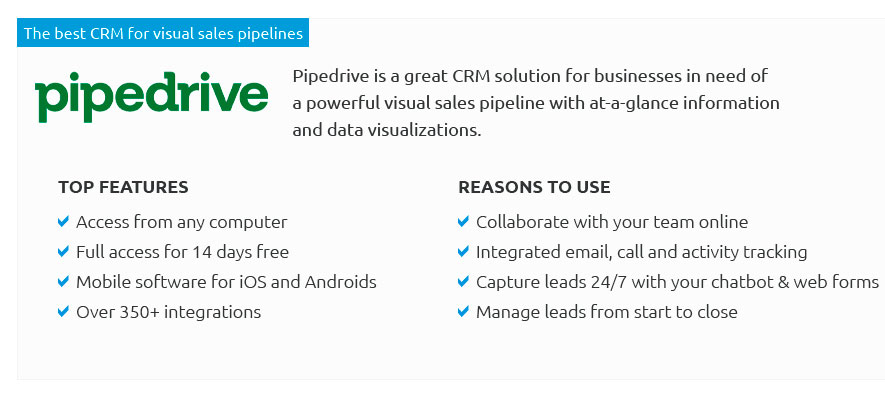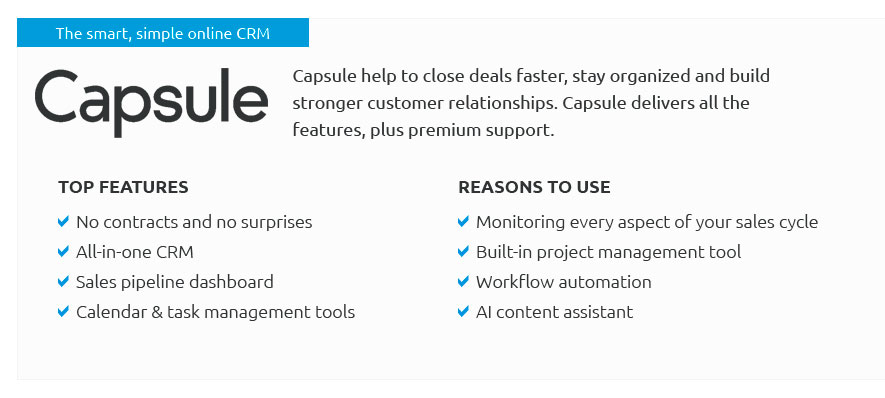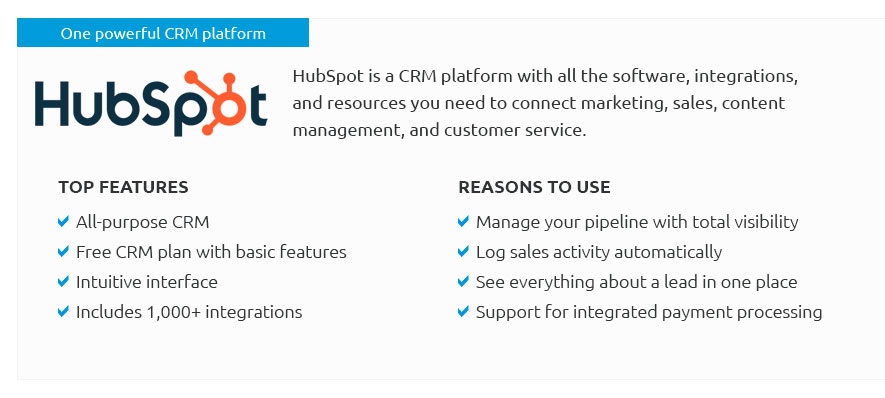 |
 |
 |
 |
 |
|
 |
|
 |
|
 |
|
 |
|
 |
|
 |
 |
The Evolution and Impact of CRM Pipe in Modern BusinessIn the ever-evolving landscape of business, the term CRM Pipe has emerged as a pivotal element that is reshaping how organizations manage their customer relationships and streamline operations. At its core, a CRM Pipe-short for Customer Relationship Management pipeline-refers to a systematic approach to handling customer interactions and data through an organized and efficient process. While some may argue that traditional methods suffice, the nuanced benefits of employing a CRM Pipe cannot be understated. The primary allure of a CRM Pipe lies in its ability to centralize customer information, providing businesses with a comprehensive view of their client interactions. This holistic perspective is crucial in today’s competitive market, where understanding customer needs and preferences can be the deciding factor between success and obscurity. With a CRM Pipe, businesses can meticulously track the journey of a customer from initial contact to final purchase, enabling them to identify potential bottlenecks and optimize the sales process.
In addition to these advantages, a CRM Pipe serves as a powerful tool for forecasting. By analyzing historical data, businesses can anticipate future sales trends and adjust their strategies accordingly, thereby gaining a competitive edge. Furthermore, the integration capabilities of modern CRM systems allow for seamless connectivity with other business tools, creating a unified ecosystem that enhances overall operational efficiency. While the implementation of a CRM Pipe does require an initial investment of time and resources, the long-term benefits far outweigh these costs. Organizations that have embraced this technology report not only improved customer satisfaction but also increased revenue and market share. In conclusion, the CRM Pipe is not merely a tool but a transformative strategy that equips businesses with the insights and capabilities needed to thrive in a dynamic market environment. As technology continues to advance, those who leverage the full potential of CRM Pipes will undoubtedly be at the forefront of innovation and success. https://www.youtube.com/watch?v=_LRTEaWVlKc
Get 30 Days Free Pipedrive CRM: https://shorturl.at/koxzF Need one-on-one marketing, sales or business advice? https://www.youtube.com/watch?v=iHZq78MUWms
https://www.pipedrive.com/utm_source=youtube&utm_medium=ownedsocial&utm_campaign=learning&utm_content=iHZq78MUWms&utm_term=description See ... https://salespanel.io/blog/sales/pipedrive-crm-pipeline-crm/
A pipeline CRM helps you create different stages of the sales process and move leads through each stage.
|